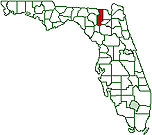Chicken Collision – Was Everybody Blind?
JTC Farm Hit With FWC $30,260 Mitigation Fee
Posted January 22, 2016 05:55 am | Updated 06:39 pm** | ( 4 comments)
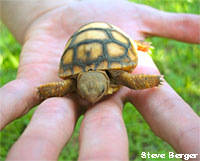 COLUMBIA
COUNTY, FL – With blindfolded eyes or a blind eye from
Columbia County (The 5); the Suwannee River Water
Management District (SRWMD); the Department of
Environmental Protection (DEP); and JTC Farms, Columbia
County's gopher tortoises, a threatened Florida species,
were ignored during the land clearing and site prep for
the impending JTC Farms chicken factory. Fortunately for
the gopher tortoises, nearby residents around the
impending JTC Farms operation complained. As a result of
those complaints, Florida's Fish and Wildlife
Conservation Commission (FWC) picked up the ball and
investigated.
COLUMBIA
COUNTY, FL – With blindfolded eyes or a blind eye from
Columbia County (The 5); the Suwannee River Water
Management District (SRWMD); the Department of
Environmental Protection (DEP); and JTC Farms, Columbia
County's gopher tortoises, a threatened Florida species,
were ignored during the land clearing and site prep for
the impending JTC Farms chicken factory. Fortunately for
the gopher tortoises, nearby residents around the
impending JTC Farms operation complained. As a result of
those complaints, Florida's Fish and Wildlife
Conservation Commission (FWC) picked up the ball and
investigated.
According to FWC, the investigation of JTC Farms in Fort White began on October 29, 2015.
Karen Parker, spokesperson for FWC said that members of the neighborhood "were concerned about water quality and the gopher tortoises."
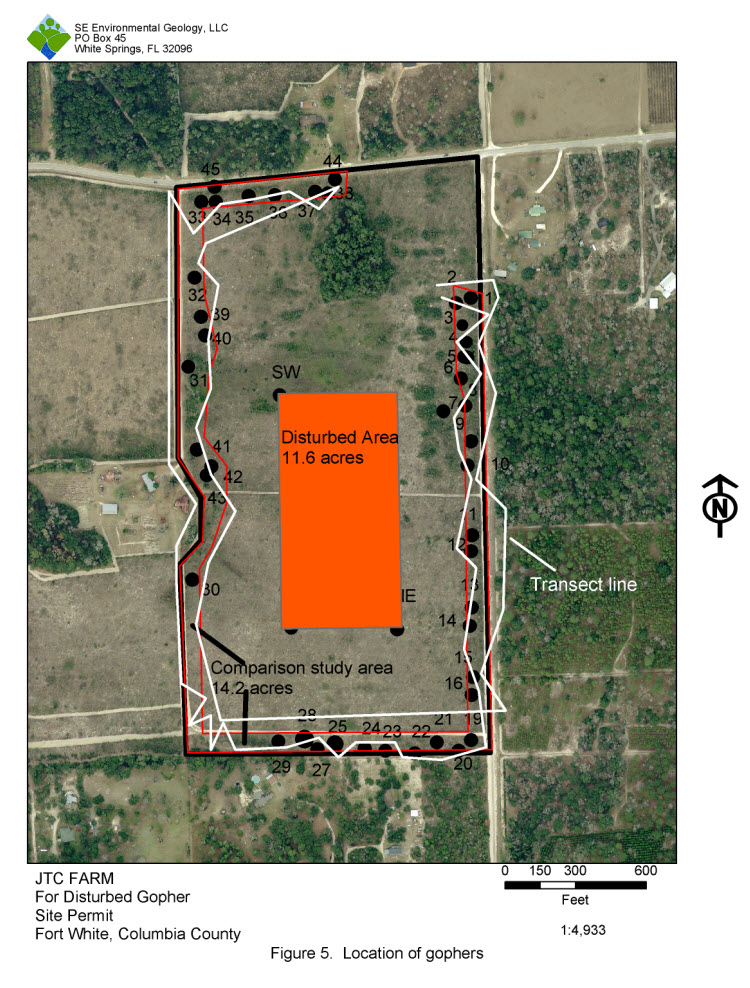
FWC Disturbed Gopher Mitigation Map
Click to enlarge
FWC received several leads on the case, but according to Ms. Parker, "None of the leads panned out."
Ms. Parker explained, "That’s another reason FWC wants to keep the case open … on the chance that we receive additional leads."
Ms. Parker continued, "As of today, there are no charges pending on this case."
According to environmental activist, Merrillee Malwitz-Jipson there are witnesses.
Betsy Thomason, who resides near the JTC chicken factory, in her request for an administrative hearing, wrote: "Petitioner(s) have evidence that applicant has violated Florida statutes regarding the Gopher Tortoise, a threatened wildlife species protected by state law, Chapter 68A-27, Florida Administrative Code."
FWC forwarded the Observer the Disturbed Gopher Mitigation Map, along with the following comments. "The map shows the acreage and area of the disturbed site where the chicken farmhouses are being constructed. The map also shows the comparison gopher tortoise survey which was used to estimate the number of tortoises in the disturbed site. The comparison survey was done only in the vegetated buffer surrounding the property."
"The Authorized Agent, Dennis Price, delineated the 11.6-acre disturbed site area by determining where the ground started to increase in elevation due to fill being added. The 11.6-acre disturbed site is only where the fill has been added. Once the permit is issued, it will only cover that 11.6-acre disturbed site. Any additional development or construction outside that 11.6 acres will require a separate relocation permit."
Via email on January 19, Eric Seckinger, FWC Gopher Tortoise Conservation Biologist, sent JTC Farm's Terry Nguyen an email invoice explaining the charges for the Disturbed Site Mitigation:
The invoice for Disturbed Site
Conservation Permit Application number C-00038 is
$30,260.00.
An estimated 17 gopher tortoises
have been impacted in the disturbed area based on the
comparison survey of undisturbed areas in adjacent
habitat. The mitigation of $30,260.00 is broken down as:
($207 for the first 5 tortoises) + (12*$310 each
additional tortoise) + (17*$1,549 additional per
tortoise added for a disturbed site) = $30,260.00.
The mitigation amounts can be found
here: http://myfwc.com/media/3062138/GT-Permit-types-mitigation-CPI-adjustment.pdf
The money associated with this
permit will go directly to the Wildlife Foundation of
Florida.
Please let me know when you have
made the payment. Contact me if you have any questions.
Thank you.
** According to FWC's spokesperson, JCT farms was advised that they must cease and desist at the site. The mitigation must be paid before any other work can continue.
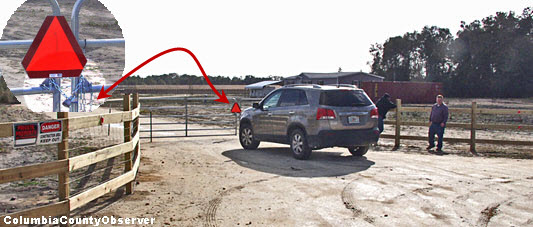
** As of 3:43 p.m., after a site visit by your reporter, it is reported that all work at JTC Farms had ceased. Absolutely nothing was going on. A couple of workers, who had been standing at the locked gate didn't answer when asked if they knew why there was no work going on. They said they were "waiting to get paid."
Epilogue
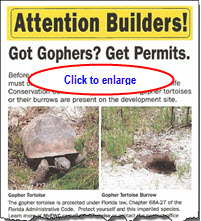 The
question that everyone continues to answer in the
negative is, "How would you like to wake up and find a
million chickens in your back yard?" County Commissioner
Scarlet Frisina's answer to irate Fort White residents
who are being impacted by the JTC Farm Concentrated
Animal Feeding Operation (CAFO)* was, "If you don't like
it, move." That answer is not acceptable to all that
have been impacted by JTC Farms.
The
question that everyone continues to answer in the
negative is, "How would you like to wake up and find a
million chickens in your back yard?" County Commissioner
Scarlet Frisina's answer to irate Fort White residents
who are being impacted by the JTC Farm Concentrated
Animal Feeding Operation (CAFO)* was, "If you don't like
it, move." That answer is not acceptable to all that
have been impacted by JTC Farms.
The public agencies involved in protecting the public interest have all passed the buck, beginning with The 5 and the popularly elected County Attorney, Joel Foreman, who if he would have required a building permit in between the land classifications of the JTC Farm parcel, the County could have at least saved the gopher tortoises. Everyone knows they are protected. The sign is hanging on the wall in the building department for all to see.
_________________________________________________
* JTC Farm claimed that because of
the way the DEP determined their permit, they are not a
CAFO. In an email to DEP, JTC Farm wrote in relevant
part: "This determination is very important to us
because it clears us from the accusation of INTENSIVE
FARMING and CAFO, a rumor that harmed our status in the
area."
